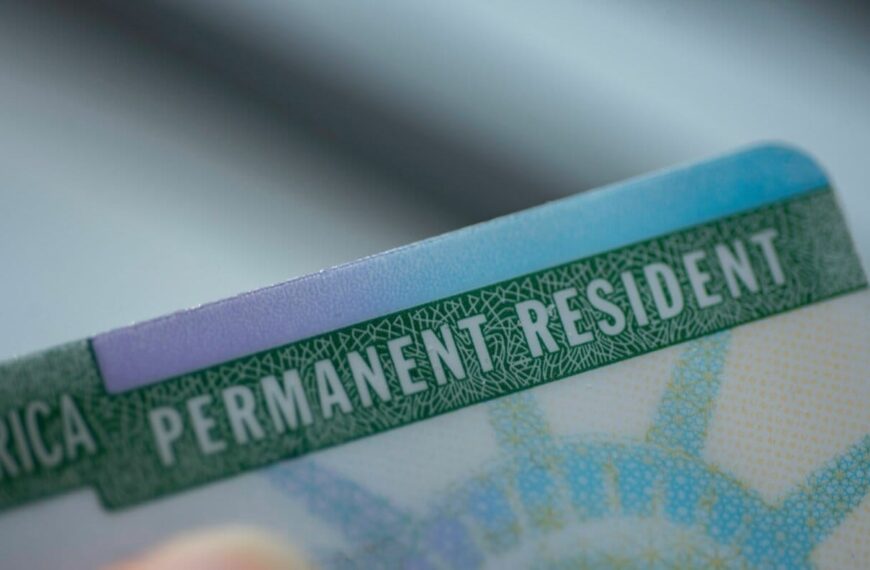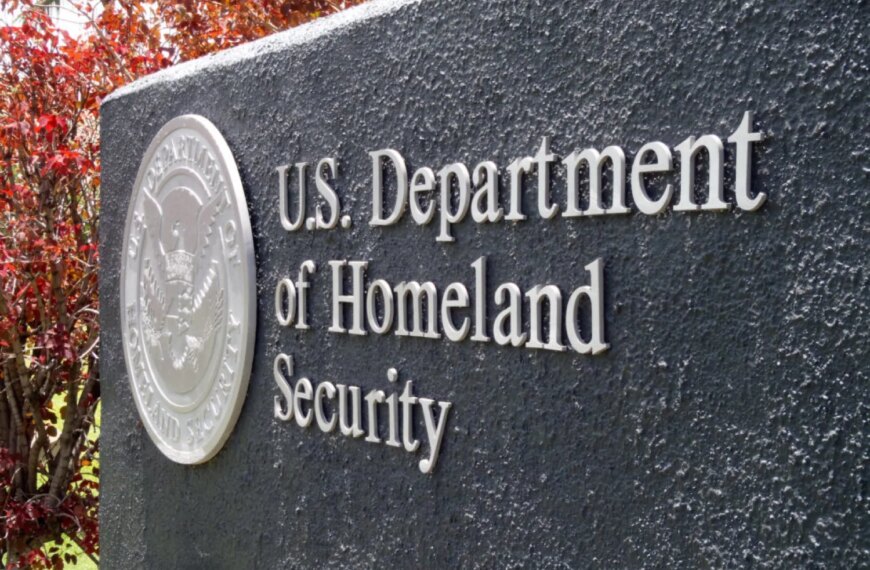Understanding the EU’s New Safe Countries List for Asylum Seekers
The European Union (EU) has undergone significant changes in its approach to asylum seekers in recent years, culminating in the introduction of a new Safe Countries List. This list is crucial for individuals seeking asylum in EU member states, as it determines which countries are deemed “safe” for return. Understanding this list is essential for both asylum seekers and those involved in the immigration process, as it affects the rights and legal status of individuals fleeing persecution.
What is the Safe Countries List?
The Safe Countries List is a classification of nations that the EU considers safe for asylum seekers. This means that individuals originating from these countries are less likely to face persecution or serious harm. Consequently, their asylum applications may be processed differently compared to those from countries not on the list.
Key points about the Safe Countries List include:
Why Was the New List Introduced?
The introduction of the new Safe Countries List aims to streamline the asylum process and ensure that resources are allocated efficiently. By categorizing countries as safe or unsafe, the EU hopes to reduce the number of unfounded asylum claims. This, in turn, allows for a more focused approach to genuine refugees who truly require protection.
Several reasons justify the establishment of the new list:
Criteria for Inclusion on the List
To determine which countries are classified as “safe,” the EU employs specific criteria. These criteria ensure that the assessment is thorough and considers various aspects of each nation’s situation.
The criteria for inclusion on the Safe Countries List include:
Impact on Asylum Seekers
The implications of the Safe Countries List are significant for asylum seekers. Those from countries deemed safe may face expedited processing of their claims, with a greater likelihood of rejection.
Consider the following impacts:
Challenges and Criticisms
Despite its intentions, the Safe Countries List has faced criticism from various advocacy groups and human rights organizations. Critics argue that labeling countries as safe can overlook the unique and often perilous circumstances faced by individuals.
Some common criticisms include:
Looking Ahead: The Future of Asylum in the EU
As the EU continues to evolve its asylum policies, the Safe Countries List will likely remain a central component of the discussion. Policymakers must strike a balance between maintaining security and ensuring the protection of those genuinely fleeing danger.
Future considerations may include:
Conclusion
The EU’s new Safe Countries List represents a significant shift in how asylum seekers are treated within its borders. While the intention is to streamline the asylum process and protect those in genuine need, the implications for those from safe countries can be daunting. It is essential for asylum seekers, advocates, and policymakers to remain informed and engaged in discussions surrounding this evolving framework.
As the landscape of global migration continues to change, staying abreast of developments related to the Safe Countries List will be crucial for anyone involved in or affected by these policies. Understanding the nuances of this list can empower asylum seekers and ensure that their rights are protected during an often complex and challenging process.










